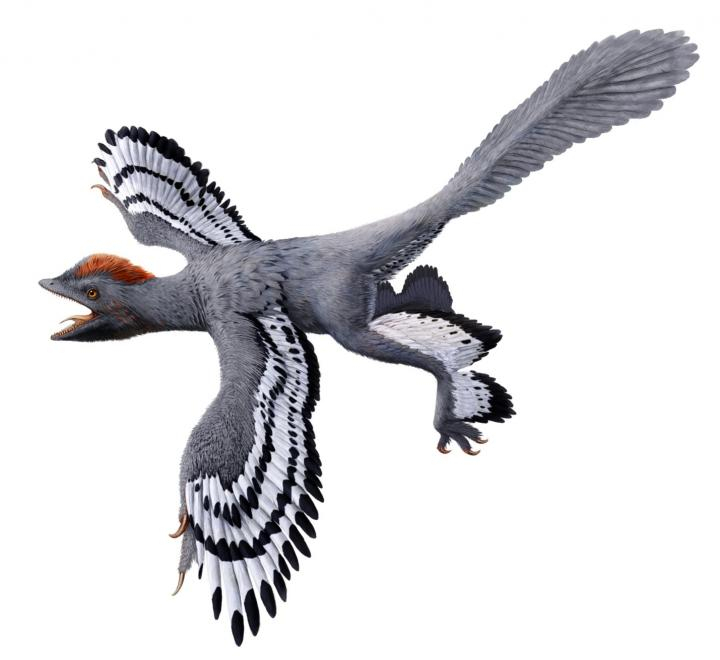Analysis of new fossils preserved in an amber revealed that there were some lice-like insects which have been feeding on much larger hosts for almost 100 million years. To their surprise, palaeontologists have found that these were the feathered dinosaurs who were eaten by those insects, showed a study.
The researchers have looked at the pieces of amber from Myanmar and understood that the feathers are covered with lice-like insects that belonged to a newly discovered species, named as Mesophthirus engeli. They examined almost 100 specimens. During the examination the scientists also found one feather which showed signs of being eaten.
The dinosaur eating insects
It should be noted that scientists at Beijing's Capital Normal University examined those ambers and found the insects inside them just like the Jurassic Park amber. The palaeontologists had suspected that these parasites preyed on feathered dinosaurs in the Mesozoic era, which is an interval of geological time from about 252 to 66 million years ago.
As pet the research, which was published in the science journal Nature, the experts stated that these small ancient insects are unlikely to create their own fossils but when they do, they are quite hard to spot. The scientists in Beijing studied those specimens for almost five years and noticed that only two of those samples have those bugs.

Evidence found
Further study revealed that one of those trapped feathers were damaged, while one lice–like bug appeared to be in the act of feeding on a feather. Later, in a detailed study, Evolutionary biologist Julie Allen said that the finding "very cool and very exciting for the louse community. Having an actual fossil—and not only this old, but feeding on feathers? That's spectacular."
The researchers also found that those insects are roughly twice the width of a human hair. These bugs also look different from today's lice, which we can find on human and animal bodies, especially in the region where hair grows. In the journal Science, Allen wrote that these ancient insects look weird but "definitely have louse-y features."
The scientist believes that even though these lice-like insects did not feed on their host's skin, the damage to the feathers might have bothers the dinosaurs. From this study it was revealed that in the prehistoric world, dinosaurs had feathers and parasites.

Feathered dinosaurs
A few years ago a farmer in China's Hebei Province found an almost complete skeleton of a tiny Jurassic era dinosaur, a feathered theropod, called as Caihong jujiwhich when translated in Mandarin means "rainbow with the big crest" is indeed as colorful as the rainbow. Detailed research on the skeletal remains shows that the theropod had colorful feathers around its neck.
Another team of researchers unearthed evidence that proved the existence of feathered polar dinosaurs. During the research, experts unearthed a remarkably well-preserved collection of 10 fossilized feathers from the excavation site in Koonwarra, Australia.









